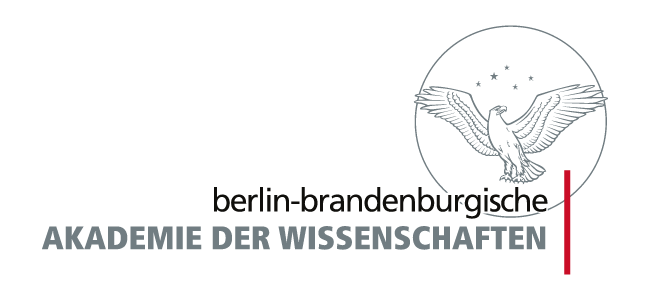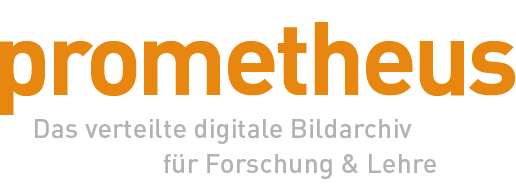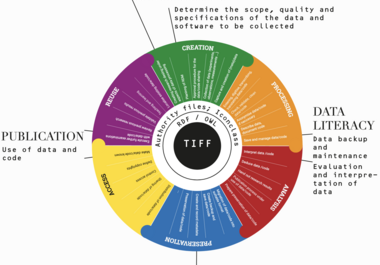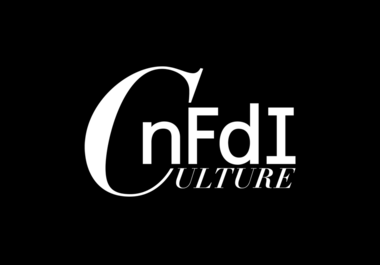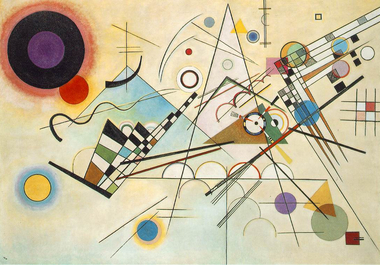NFDI4Culture Use Case
Windows on data: How the Corpus Vitrearum integrates valuable research data on medieval stained glass into NFDICulture
By Dr. Jonatan Jalle Steller
Keywords
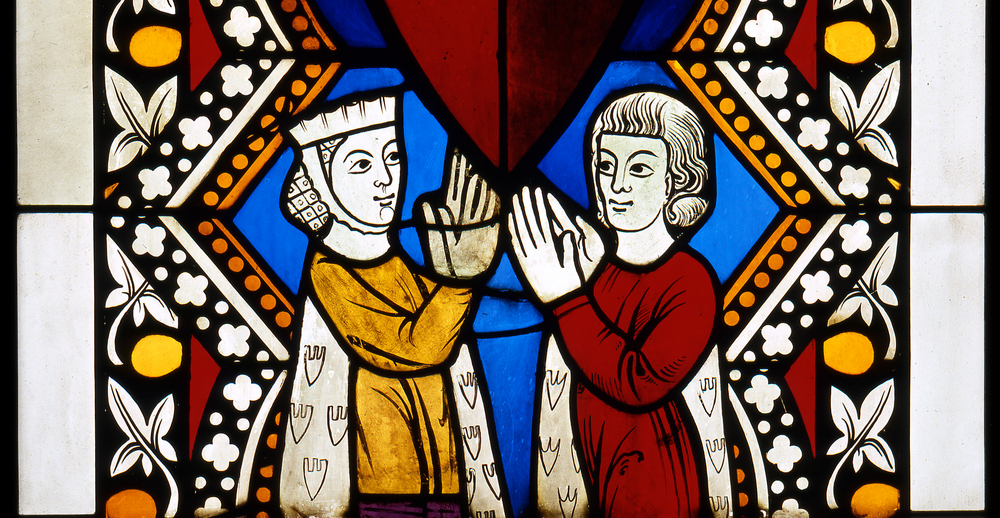
Pair of figures with coat of arms in St. Catherine's Church, Oppenheim
CC BY-NC 4.0 Creator: Gerhard Gräf, Owner: CVMA Freiburg
The Corpus Vitrearum Medii Aevi (CVMA) Germany is a research project that aims to document medieval stained glass as a fragile cultural asset, and to make it scientifically accessible in its entirety. The project forms the German part of the Corpus Vitrearum International, a global network scholars interested in stained glass and art history.
The move towards digital research offerings has opened up a great opportunity for the long-term project, which is financed by the German Academies Programme with offices in Freiburg (Academy of Sciences and Literature Mainz) and Potsdam (Berlin-Brandenburg Academy of Sciences and Humanities). The entire archive of images of stained-glass windows is being made available to the public in high resolution. The images are enriched with network-ready metadata to ensure that the images do not remain hidden in a closed data silo, but can be found even by someone who does not focus on our particular genre or time frame. Motif annotations using Iconclass, a classification concept used by many international archives for objects of all genres, also serves this purpose.
NFDI4Culture offers an ideal platform to find and reuse research data across individual projects. By participating in the development of the Culture Knowledge Graph, the Corpus Vitrearum was able to make its data available in such a way that it can be found and used across national borders, art genres and research disciplines. The NFDI4Culture portal provides a search interface based on this technology: relevant research information can be found in a targeted manner by means of, for example, a motif, a year, or a historical person. In addition, the CVMA Germany is working together with its international partners to bring together and link their data via this common infrastructure service.
NFDI4Culture establishes both technical and social connections: images and metadata are not only provided through an app, but are also made available via data collection points such as the image archive prometheus or the Marburg Picture Index. In exchange with the community organised in NFDI4Culture, the Corpus Vitrearum can better tailor its own software to reuse needs, as in the case of its digital media archive or its metadata editor. In addition, work has already begun on the creation of a comprehensive bibliography of European stained glass in cooperation with Heidelberg University Library.
Our valuable data can now be found and used by a much larger research community through NFDI4Culture.

Dr. Jonatan Jalle Steller | Akademie der Wissenschaften und der Literatur | Mainz
NFDI4Culture has helped our research project tremendously in opening oup our data via the Culture Knowledge Graph.

Dipl. Des. (FH) Sarah Pittroff, M. A. | Akademie der Wissenschaften und der Literatur | Mainz
Our research requires the ability to see extreme detail as well as large spational contexts across national, media, and historical boundaries. The Culture Knowledge Graph enables us to make this visible and usable for other disciplines.

Prof. Dr. Maria Deiters | Berlin-Brandenburgische Akademie der Wissenschaften

